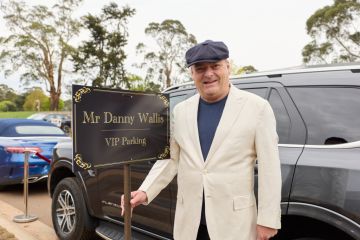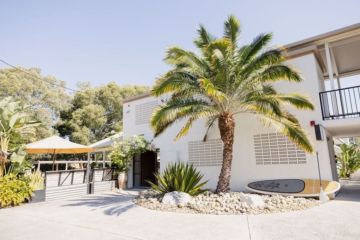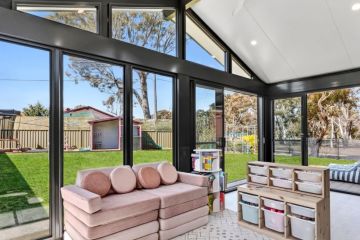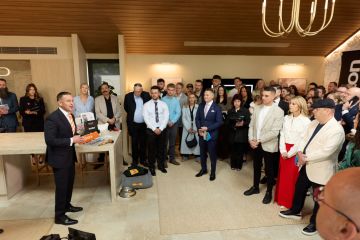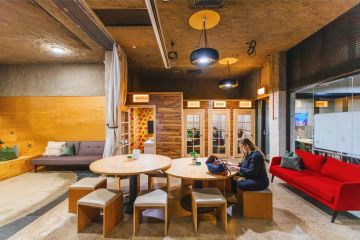Q&A with Singapore-based architect Richard Hassell ahead of Canberra talk
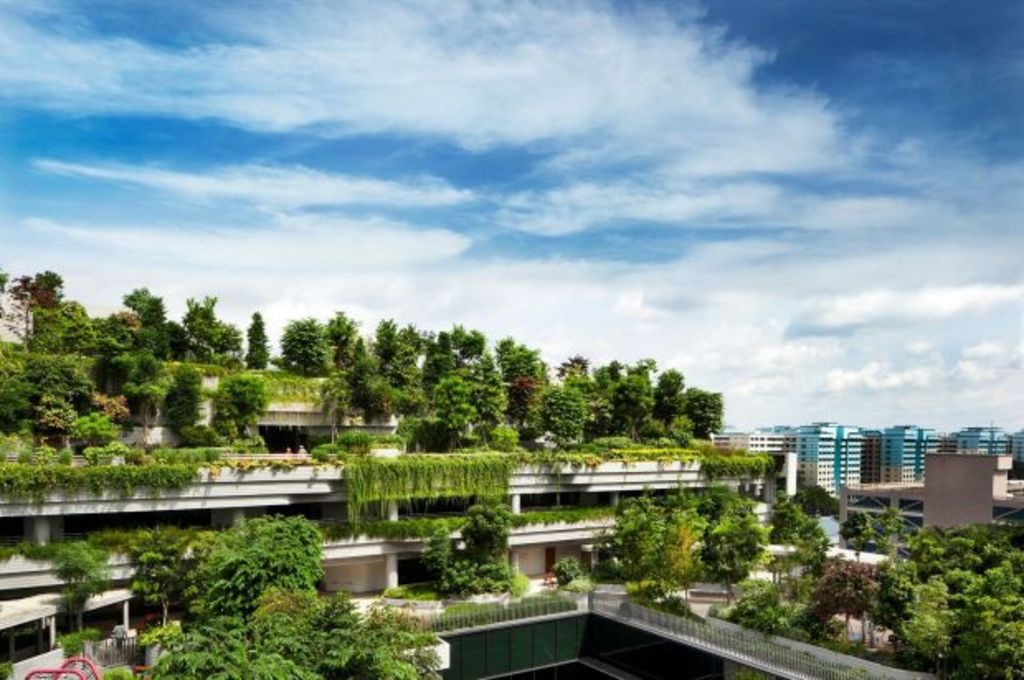
Tony Trobe talks to Singapore-based architect Richard Hassell, who is presenting as part of the Contemporary Architects Speaker Series at the National Gallery of Australia on September 26. The series is a partnership with the Australian Institute of Architects (ACT Chapter) and showcases the latest work of renowned practitioners.
TT: Canberra is one of the most spreadeagled cities in the world and is currently reviewing its policies on density. Is urban density a collective benefit for the future?
RH: We think that to make mega cities liveable and environmentally friendly, we can’t just pursue high density in our designs but must equally pay attention to providing “high amenity”. Cities can’t keep growing “outwards” and consume more and more of nature, and productive land. Cities were traditionally built on or near fertile land to feed the population. We do believe that high density, building vertically to stop cities from spreading out more and more, is the more sustainable approach to rising population numbers. Dense design still needs to keep the human scale in mind to not feel suffocating or alienating.
TT: Gross National Happiness is a term coined by His Majesty the Fourth King of Bhutan to get away from the tyranny of purely economic measures of success. Can a similar sort of thinking be applied to buildings?
RH: We have come up with our own scoring system because we try to measure the things we value. We felt that there are some self-evident things that were not being measured, like a green plot ratio or civic generosity index, and other things that are being measured that are just not that important, like the surface area to volume ratio or the net/gross value. Somehow the things that were being measured were all things that make a building more unpleasant, for instance, in order to achieve a high surface area to volume ratio – in simplified terms – you try to see how the fewest amount of windows can be shared by the highest number of people. Our system counter-balances these “unpleasantness-indices”.
We have shared our scoring system with many people, including the mayors of cities like London, Paris and Istanbul, and the feedback has been that these things like green plot ratio, community plot ratio, civic generosity etc. should become requirements for our industry.
TT: What will tomorrow’s green buildings look like?
RH: Historically, architecture was the antithesis to nature, but we are starting to see more and more people merging the biological world with the architectural world. In the 11 years since the completion of our Newton Suites project in Singapore, a conceptual shift has started, and more and more designers are experimenting with this merging of nature and the built environment – something that we find very exciting.
- Related: Get to know ACT Government Architect, Catherine Townsend
- Related: South Coast shipping container house shows less is more
- Related: The future of sustainable buildings in Canberra
TT: When did you first get interested in the biophilic movement; ie buildings that incorporate extensive plants and trees and what drew your interest?
RH: My mother is a microbiologist and my father a botanist and geologist. WOHA Architects‘ co-founding director, Wong Mun Summ’s father worked as a lab assistant at the Singapore Raffles Institution. Mun Summ actually helped his father collect specimens for the institution’s Natural History Collection, which forms part of the Raffles Collection, which at one point, was the largest in the world.
We grew up with an interest in nature through our families and it only seemed natural that when we got into design, especially designing indoor/outdoor environments, that we would look at thing through a “biophilic lens”.
We think that the fact that the “greening of buildings” is becoming more common in many parts of the world is generally a good thing, and I suppose you could say it’s a watershed moment, since it’s the first time in history this is happening on a larger scale.
In every country there are pockets of people who are very actively championing similar strategies to ours. We’ve noticed that in heavily urbanised areas people feel a stronger urgency to introduce more of nature back into the city.
- Tony Trobe is director of TT Architecture specialising in the design of sustainable residential architecture. Is there a planning or design issue in Canberra you would like to discuss? Email tonytrobe@ttarchitecture.com.au
We recommend
States
Capital Cities
Capital Cities - Rentals
Popular Areas
Allhomes
More
